Welcome Dear Photography Lovers
Bienvenidos Queridos Amantes de la Fotografía
Hello, it's a pleasure to be back with you, it's been a while since I visited you, because unfortunately I had not had the opportunity to photograph an insect again. But, a few days ago I found one, and without knowing it, it made me feel very good, not only because I can take a few pictures of it, but also because, apparently, I saved it from imminent death. I found it floating in a container of water in my garden. When I saw it, I thought it was dead and picked it up with the purpose of photographing it and then finding out what kind of butterfly it was.
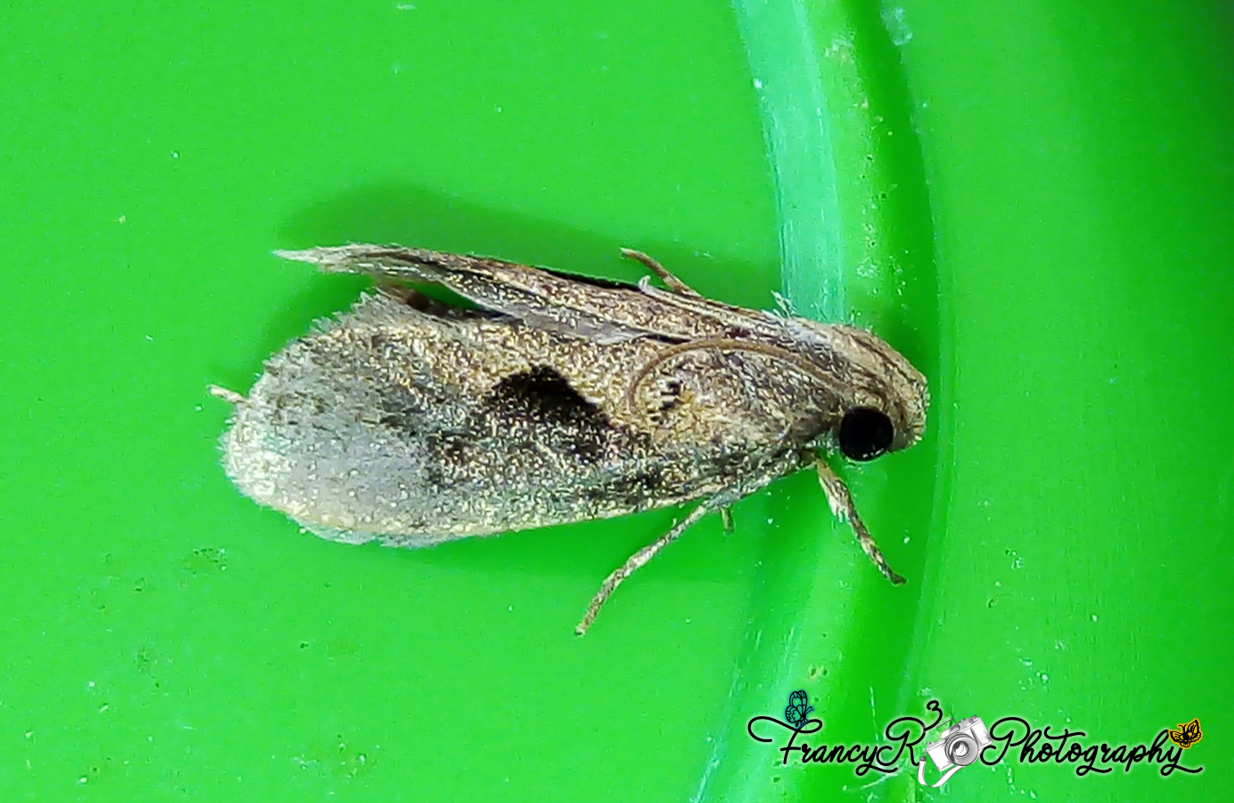

Para mi sorpresa, mientras la fotografiaba empezó poco a poco a moverse, no habían pasado 15 minutos, cuando aparentemente se recuperó y comenzó a volar nuevamente. Fue muy grato verla recuperarse, además, que me dio la oportunidad realizar unas cuantas excelentes tomas, ya que en un principio estaba muy quieta. Ahora, cuando me puse a investigar sobre este pequeño insecto, para mi sorpresa, en primera instancia, descubrí, que no se trata de una diminuta mariposa, es más bien, su prima gótica, ya que es una mariposa nocturna, mejor conocida en los bajos fondos como Polilla, jajaja.
To my surprise, while I was photographing it, it began to move little by little, not 15 minutes later, when it apparently recovered and began to fly again. It was very nice to see it recover, and it gave me the opportunity to take a few excellent shots, since at first it was very still. Now, when I started to investigate about this little insect, to my surprise, in the first instance, I discovered that it is not a tiny butterfly, it is rather, its gothic cousin, since it is a nocturnal butterfly, better known in the underworld as Moth, hahaha.

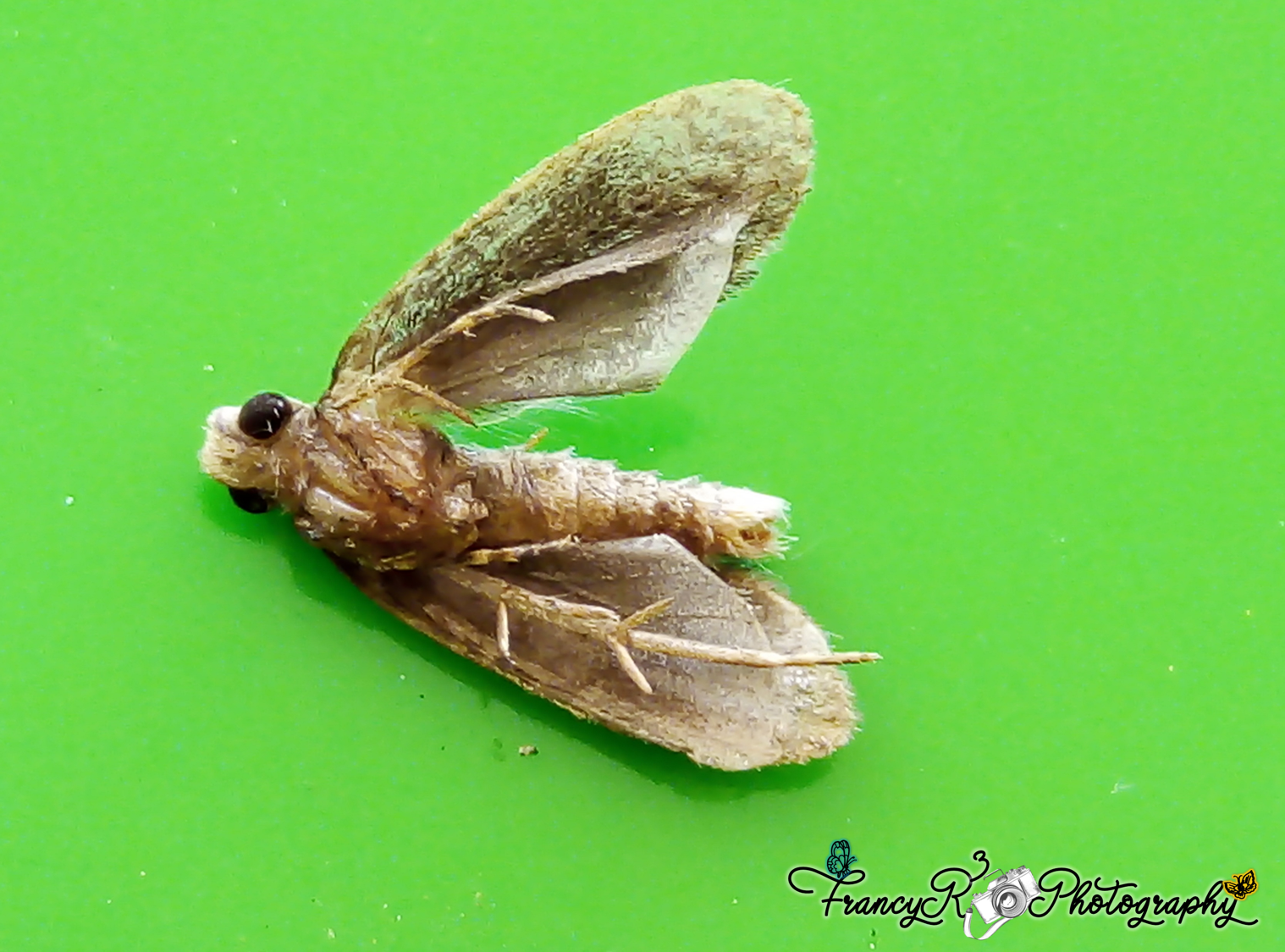

Me explico, resulta que estos insectos, al igual que las mariposas pertenecen al 2do orden más numeroso de los insectos, los lepidópteros, sin embargo, las polillas o mariposas nocturnas, pertenecen a un suborden llamado Heteroneura. Y como dato curioso, este sub grupo es muchísimo más numeroso, que el sub orden, que agrupa a las mariposas diurnas, hasta ahora se han logrado describir unas 200 mil especies. Incluso, se sospecha que realmente existen el quíntuple de esa cantidad, sólo, que como tienen hábitos nocturnos, pasan desapercibidas. Y según mi humilde deducción, podría tratarse de una especie perteneciente a la subfamilia Pyralidae.
Let me explain, it turns out that these insects, like butterflies belong to the 2nd most numerous order of insects, the Lepidoptera, however, moths or moths or moths, belong to a suborder called Heteroneura. And as a curious fact, this subgroup is much more numerous than the suborder that groups the diurnal butterflies, so far they have managed to describe about 200 thousand species. It is even suspected that there are actually five times that number, only, as they have nocturnal habits, they go unnoticed. And according to my humble deduction, it could be a species belonging to the subfamily Pyralidae.

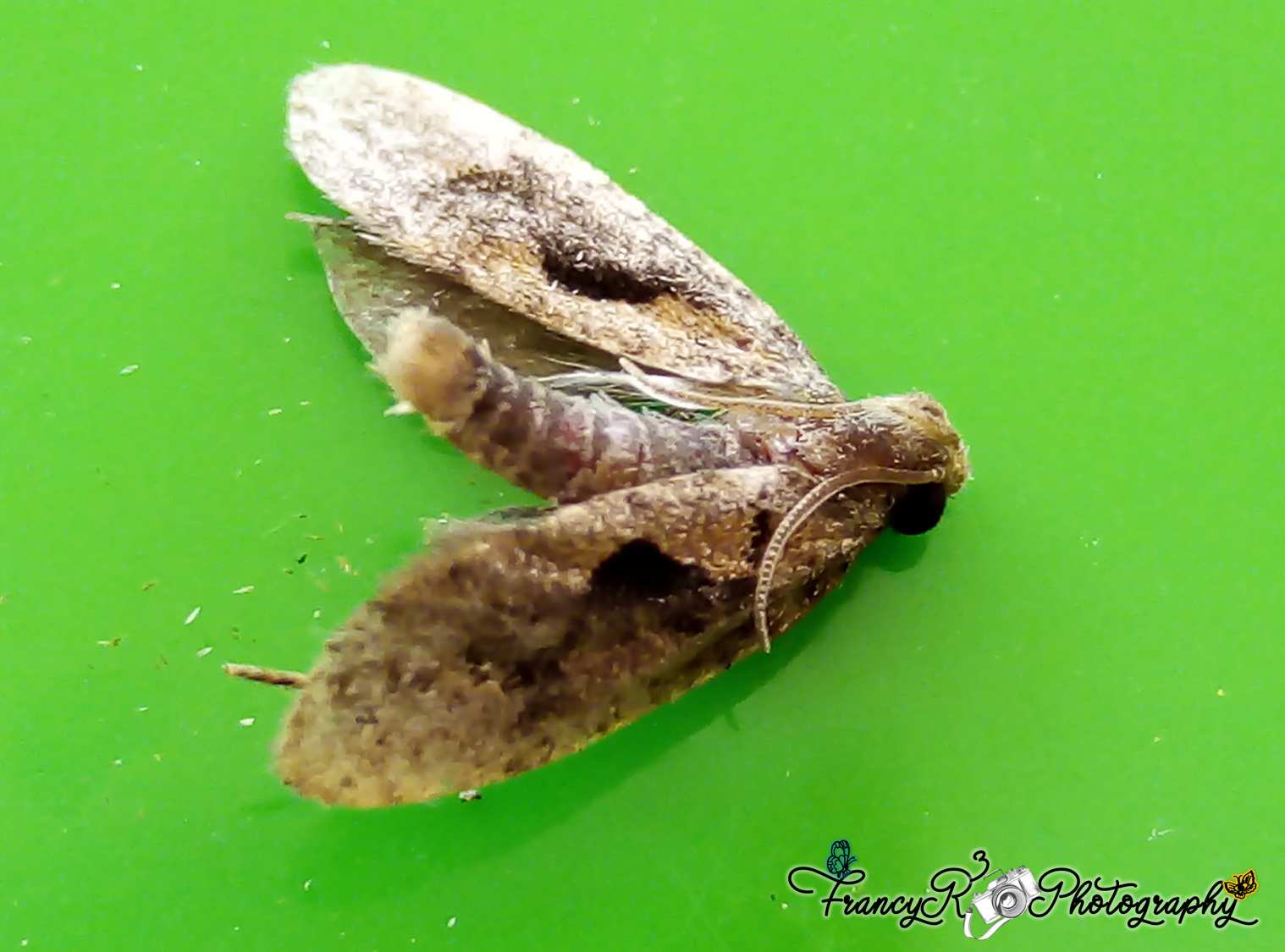

Ahora, hablando a nivel general, a estos insectos, los encontramos diseminados alrededor del mundo, exceptuando la Antártica, subsistiendo en cualquier tipo de ecosistema, generalmente escondidas en la vegetación. En lo que respecta a sus características fisionómicas, estas son muy variadas, pero generalizando sus alas y patas surgen de un torso grueso y peludo. Usualmente, sus antenas se asemejan a pequeñas plumas. Por otro lado, sus alas generalmente poseen tonalidades tierra, y cuando están en reposo las dispone de forma plana. Además, están revestidas de una especie de escamas, que, al tocarlas, desprenden algo parecido a un polvillo.
Now, generally speaking, these insects are found scattered around the world, except in Antarctica, subsisting in any type of ecosystem, generally hidden in the vegetation. As far as their physiognomic characteristics are concerned, these are very varied, but generally speaking, their wings and legs arise from a thick and hairy torso. Usually, their antennae resemble small feathers. On the other hand, its wings generally have earth tones, and when at rest they are flat. In addition, they are covered with a kind of scales, which, when touched, give off something similar to dust.

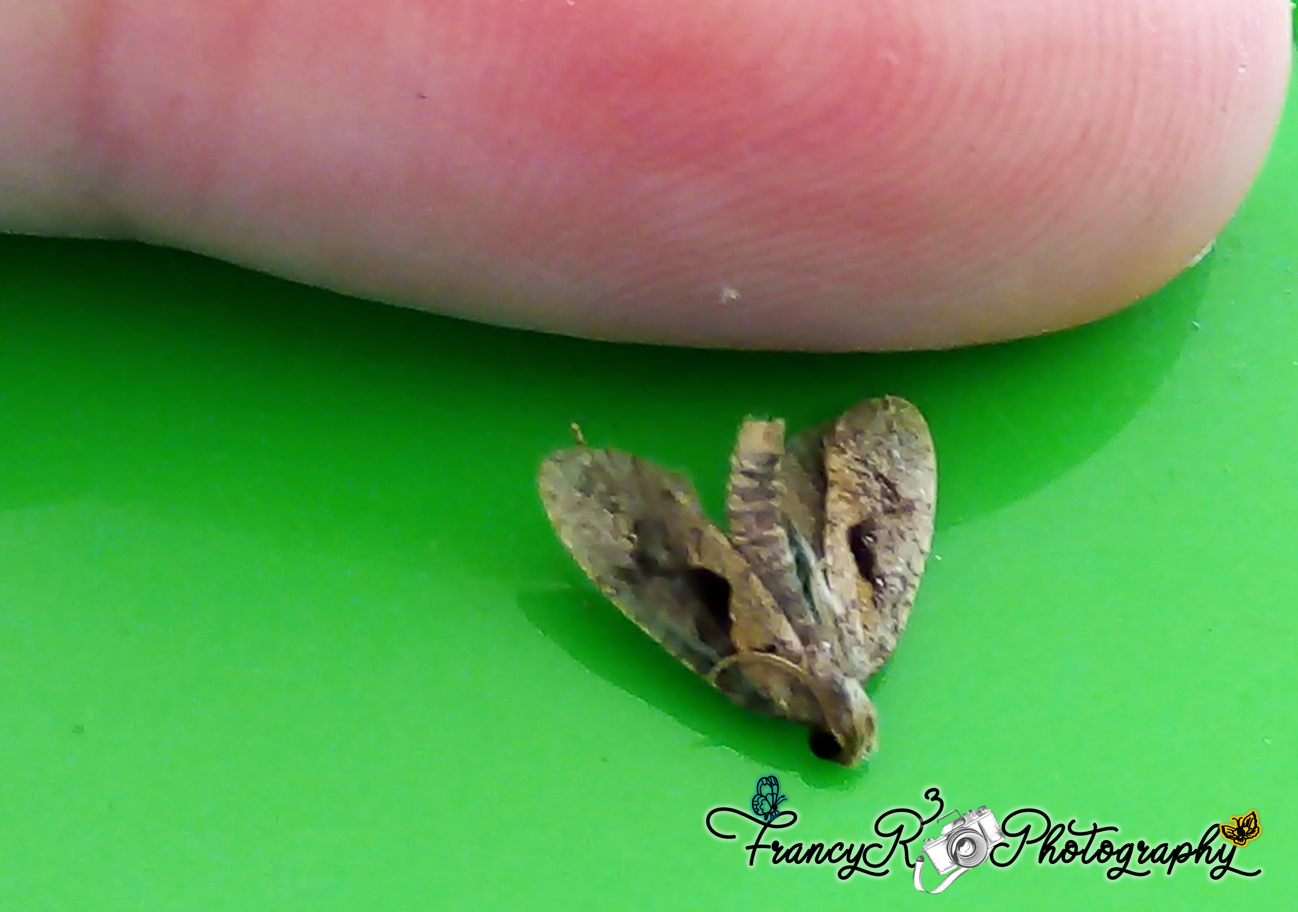

En lo referente a la alimentación de las polillas en el estado adulto, esta es muy variada, encontrando desde polinizadoras hasta succionadoras de sangre. Ahora, para alimentarse, poseen un aparato bucal llamado probóscide y es una especie de lengua sumamente larga que puede enrollar y desenrollar a gusto. Este curioso órgano, similar a una manguera le permite sorber el néctar de las flores y otros líquidos. Sin embargo, debo destacar algo que llamo mucho mi atención, resulta, que algunas especies en su etapa adulta, carecen de este órgano o de cualquier otro medio de alimentación. Por supuesto, su existencia es sumamente corta, ya que, se auto consumen, es decir, su energía proviene de su propia grasa, acumulada en la etapa de larva y la dedican exclusivamente a reproducirse.
Regarding the feeding of moths in the adult stage, this is very varied, ranging from pollinators to blood suckers. Now, to feed, they have a mouthparts called proboscis and it is a kind of extremely long tongue that can be rolled and unrolled at will. This curious organ, similar to a hose, allows them to sip the nectar of flowers and other liquids. However, I must point out something that caught my attention, it turns out that some species in their adult stage, lack this organ or any other means of feeding. Of course, their existence is extremely short, since they are self-consuming, that is, their energy comes from their own fat, accumulated in the larva stage, and they dedicate it exclusively to reproduction.

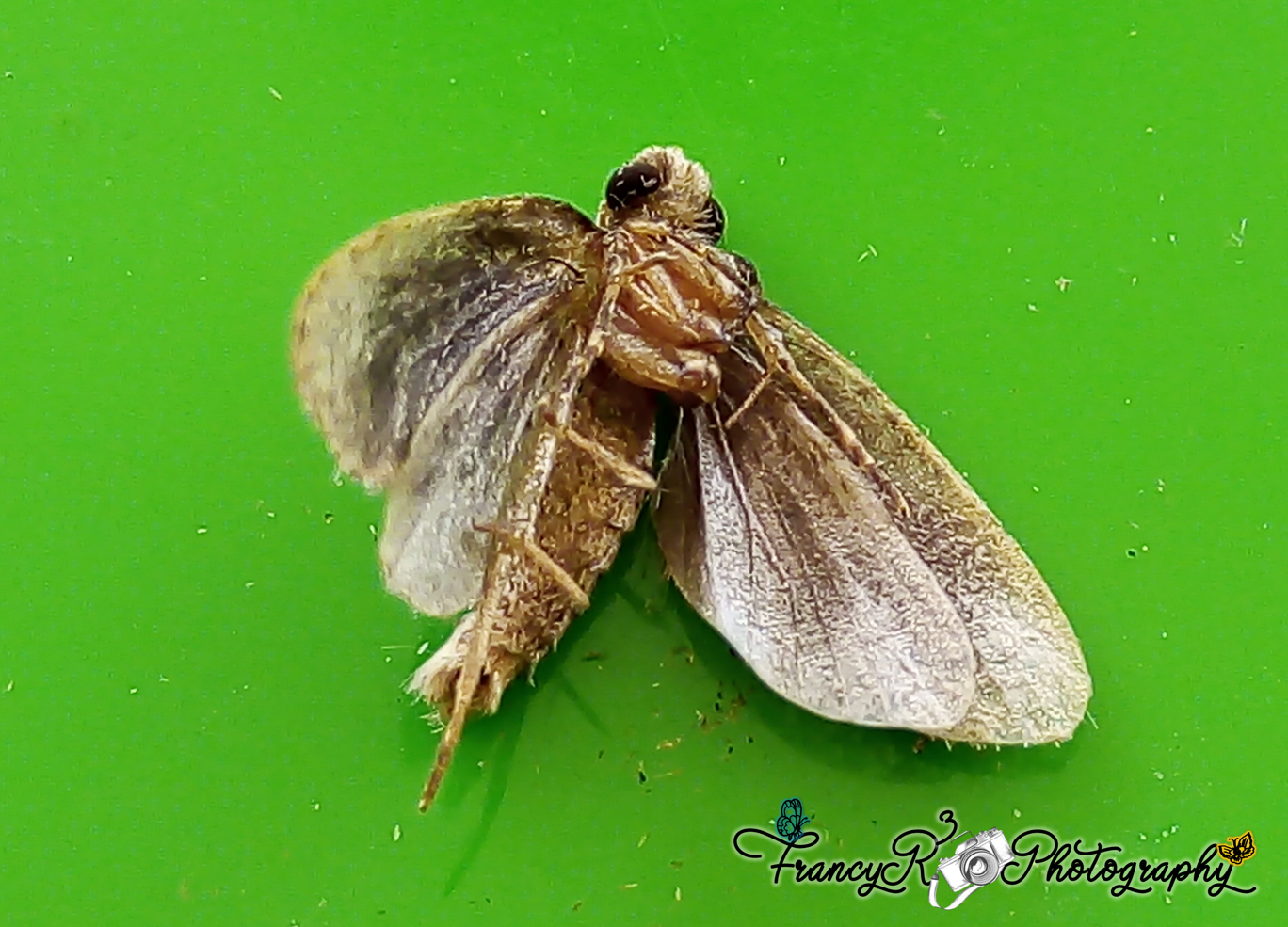

Aunque, algunas polillas son inofensivas e incluso gracias a su valor nutricional o seda llegan a ser beneficiosa y la fama que les antecede es por ser consideradas plagas. Esto debido a que algunas especies en su estado de larva, pueden dañar la ropa, sobre todo si son de lana, la madera de nuestros hogares, e incluso, pueden convertirse en plagas agrícolas. Sin embargo, se debe resaltar, que al alcanzar su etapa adulta la mayoría son completamente inofensivas y por lo general, resultan siendo el alimento de sus depredadores. Los cuales son muchos, donde podemos encontrar desde plantas, pasando por otros insectos, arácnidos, anfibios, reptiles e incluso algunos mamíferos.
Although, some moths are harmless and even thanks to their nutritional value or silk become beneficial and the fame that precedes them is for being considered pests. This is due to the fact that some species in their larva state, can damage clothes, especially if they are made of wool, the wood of our homes, and can even become agricultural pests. However, it should be noted that when they reach their adult stage, most of them are completely harmless and usually turn out to be food for their predators. There are many predators, where we can find plants, insects, arachnids, amphibians, reptiles and even some mammals.

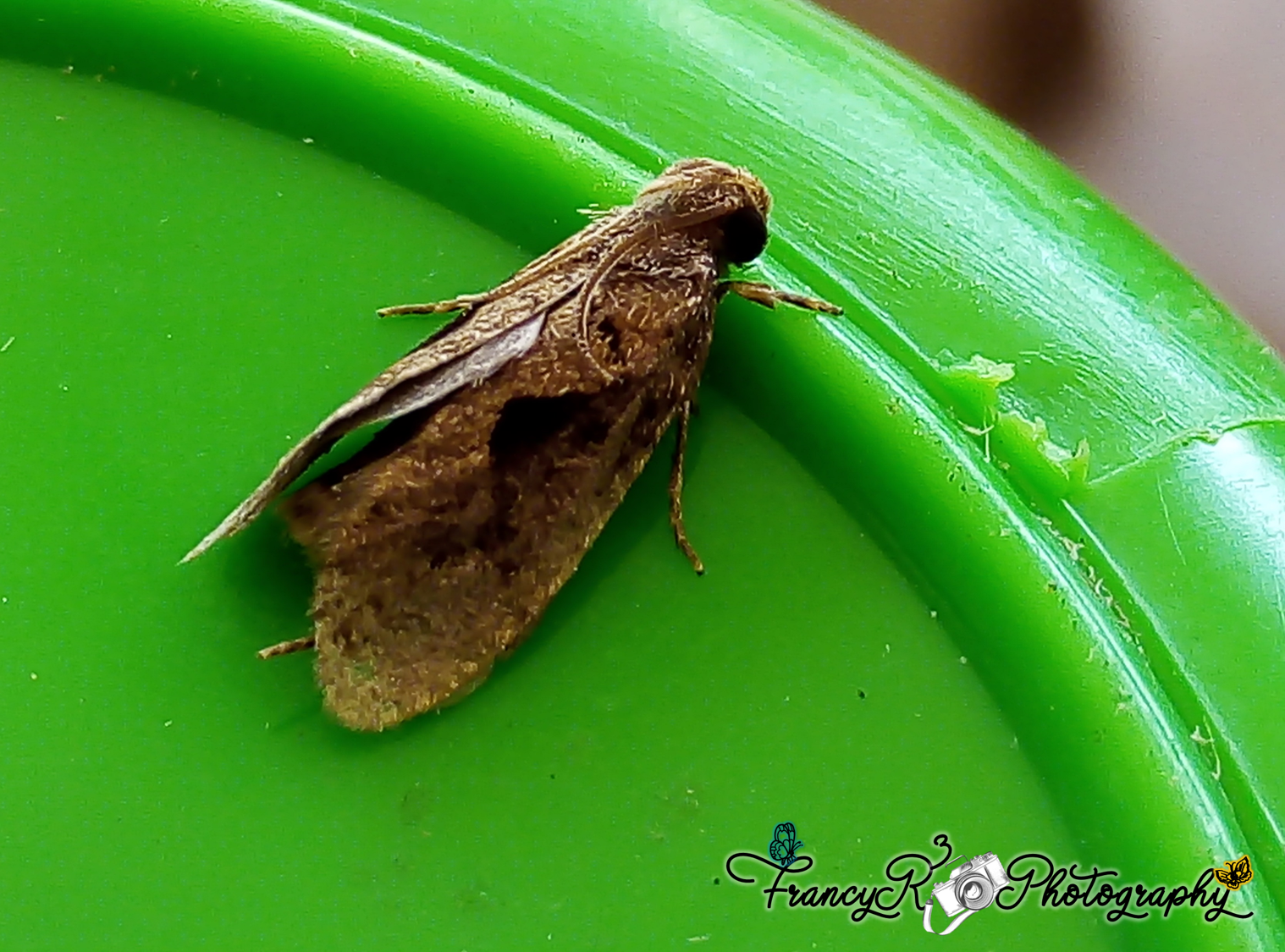

Por último, quería comentarles que estos interesantes insectos durante su vida pasan por 4 estados de desarrollo, estos son: huevo, larva, pupa y adulto. Alcanzando a vivir, desde que es un huevo, hasta que se vuelve un adulto y muere, a nivel general en promedio entre 1 y 3 meses. Ahora, existes algunas excepcionales especies, en que, este tiempo se extiende considerablemente llegando a vivir incluso más de 3 años. Sin embargo, curiosamente, a nivel general su tiempo de vida una vez alcanza la edad adulta, es sumamente corto. En el caso de las hembras pueden llegar a vivir, entre 3 y 15 días cuando mucho, ahora, en el caso de los machos, dependiendo de la especie, este período puede duplicarse, pudiendo llegar a existir hasta por 1 mes.
Finally, I wanted to tell you that these interesting insects go through 4 stages of development: egg, larva, pupa and adult. They live from the time they are eggs until they become adults and die, generally between 1 and 3 months. Now, there are some exceptional species, in which, this time is considerably extended, reaching to live even more than 3 years. However, curiously, in general, their life span once they reach adulthood is extremely short. In the case of females, they can live between 3 and 15 days at the most, now, in the case of males, depending on the species, this period can be doubled, and can exist for up to 1 month.

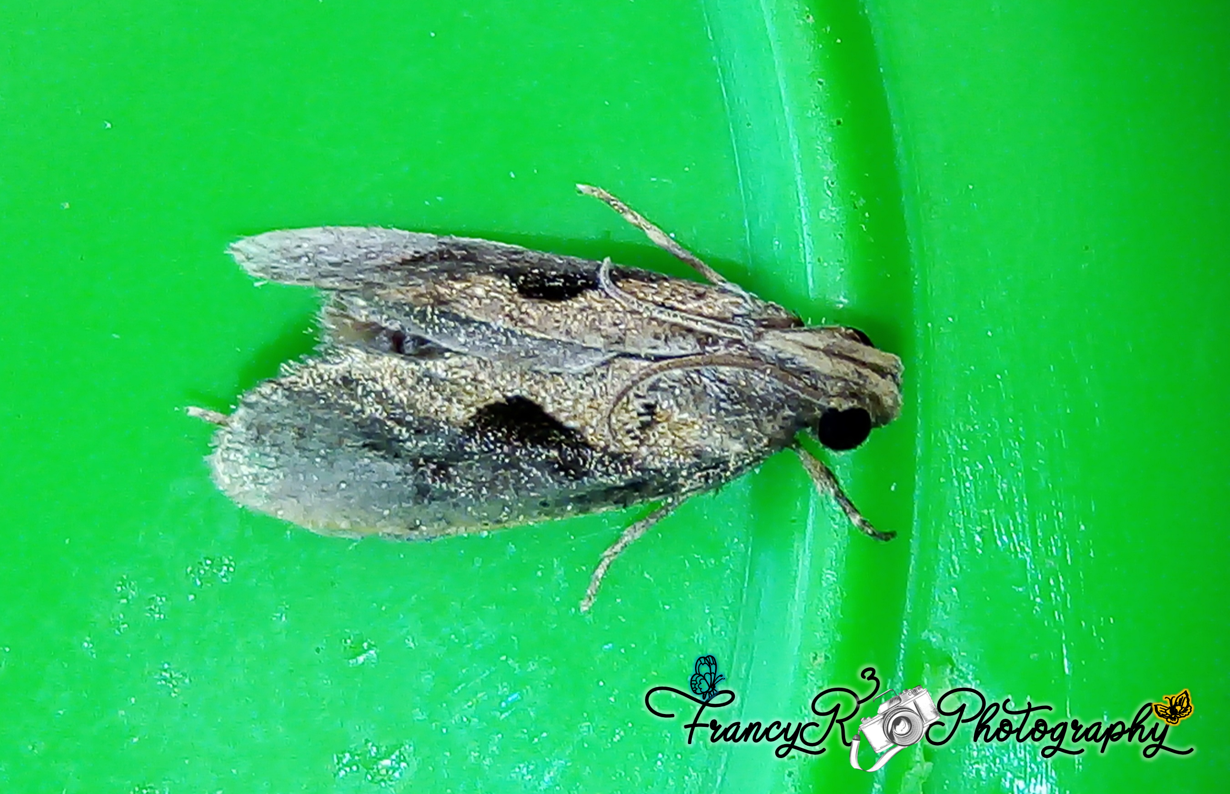

Insects Of The World - INSECT CONTEST - September 2021 - #02. Bueno queridos amigos, no me queda más que despedirme, deseando que tengan una excelente semana y se cumplan todos los proyectos que emprendan. Recuerden cuidarse mucho y cuidar a los suyos poniendo en prácticas las medidas de bioseguridad.Llego el momento de despedirme, esperando que mi nueva entrega sea del agrado de esta maravillosa comunidad amante de los insectos. Sobre todo, del amigo @adalger, y su equipo de trabajo, ya que, será mi entrada para el concurso de esta semana
Insects Of The World - INSECT CONTEST - September 2021 - #02. Well dear friends, I can only say goodbye, wishing you an excellent week and that all the projects you undertake are fulfilled. Remember to take good care of yourselves and your loved ones by putting biosecurity measures into practice.It is time to say goodbye, hoping that my new delivery will be to the liking of this wonderful insect-loving community. Especially, my friend @adalger, and his work team, since it will be my entry for this week's contest

References Bibliography || Referencias Bibliografía
https://blog.gardencenterejea.com/polillas-plantas-combatir/
https://econtroldeplagas.com/insectos/polillas/
https://www.nexles.com/articulos/informacion-sobre-las-mariposas-nocturnas-lepidoptera/
https://mariposass.com/nocturnas/polillas-de-la-ropa/
https://es.wikipedia.org/wiki/Heterocera
https://es.wikipedia.org/wiki/Lepidoptera
https://es.wikipedia.org/wiki/Pyralidae

Contenido y fotografías de mi propiedad intelectual
Información Técnica
| Cámara | Pentax * istDL |
|---|---|
| Lente | * Pentax 18-55 |
| Iluminación | Luz Natural |
| Locación | Barcelona, Estado Anzoátegui, Venezuela |
Content and photographs of my intellectual property
Technical information
| Camera | Pentax * istDL |
|---|---|
| Lens | * Pentax 18-55 |
| Lighting | Natural Light |
| Location | Barcelona, Anzoátegui State, Venezuela |



Excelente amiga Francys, me gustó esta publicación, veo que te informaste muy bien jeje. La única y pequeña corrección que haría, es que en una línea mencionaste que los lepidópteros son el orden más numeroso, en realidad el más grande y diverso que existe es el coleoptera, es decir, el que engloba a todos los escarabajos, es el orden más grande de todo el reino animal, mientras que los Lepidópteros son los que le siguen (2dos) jeje. Por otro lado, para complementar toda la buena información que colocaste en tu post, te diré que la polilla que salvaste pertenece a la familia Acrolophidae y al género Acrolophus, determinar la especie si es muy difícil, ya que estas polillas son muy similares entre si, un placer leerte y suerte en el concurso, éxitos :)
Disculpa si el comentario se duplica, lucho con el internet jeje
Hola @abneagro, gracias por la aclaración, realmente, así lo encontré en los artículos que leí, pero bueno, como no soy experta en el área, no pensé que estaba errada la información, estoy muy agradecida de que hicieras la aclaratoria, ya lo modifico. También, te agradezco que complementaras la información respecto a la familia y el género, no lo coloque precisamente, porque, como dices me fue difícil definirlo y preferí no colocarlo.
Gracias por tu visita y aporte.
The rewards earned on this comment will go directly to the person sharing the post on Twitter as long as they are registered with @poshtoken. Sign up at https://hiveposh.com.
Gracias por el apoyo.
Agradecida por el apoyo @jasonmunapasee, bendiciones para ti, el Sr. @r2cornell y todo el equipo de trabajo.
At first I thought this thing was huge, then I saw it next to your finger.
Hello @daltono, thank you for your visit. Yes, she is very small, I was lucky enough to be able to photograph her, because she almost drowned and I imagine she was passed out. But, where he recovered he flew away.